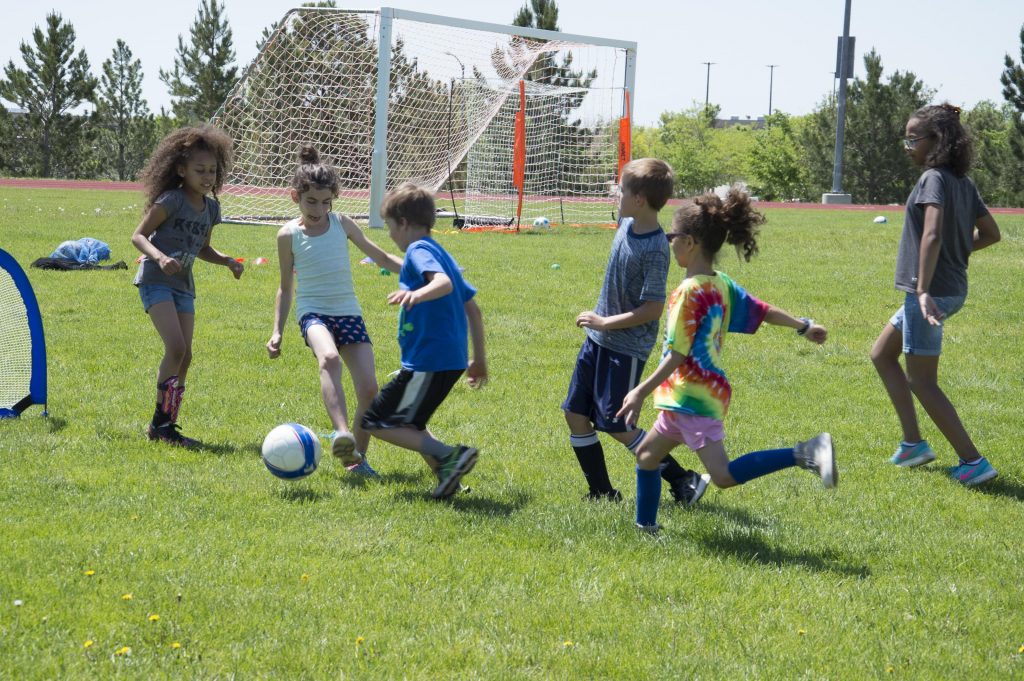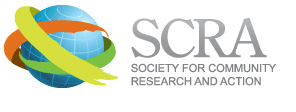Submitted by: Stacy L. Frazier, Tommy Chou, Rachel R. Ouellette, Sarah A. Helseth, Erin Kashem, and Kelly Cromer
Highlights
Supporting staff can strengthen program quality and youth development.
────
We recommend staff look for teachable moments that occur naturally during sports and recreation.
────
Staff turnover provides opportunities for ongoing training and support.
After-school programs provide safe, supervised settings for homework and play. Over time, communities have begun to rely even more on after-school programs, reflecting changes in the national landscape for working families. Benefits to youth rely on high quality programming supported by structure and positive engagement. Programs in marginalized communities are under-funded and face frequent staff turnover. Further, youth in these settings show higher rates of psychosocial difficulties. Often, after-school researchers borrow interventions made for schools that may require time, training, and technical skills exceeding available resources.
“Our work over two decades and across two cities points to recommendations that are fluid and flexible; focused not on getting things adopted, but getting people supported.”
We have engaged in partnered research with community-based after-school programs for two decades across two cities. These experiences helped to inform our model that prioritizes resource efficiency by infusing life skills practice into natural routines and recreation.
It can be hard for after-school programs to adopt big and complex evidence-based curriculum designed for and tested in schools. Instead, we have found that programs require support that considers frequent changes to staffing, enrollment and resources. With these in mind, we encourage staff to look for teachable moments that occur naturally during sports and recreation to promote life skill development.
We focus on three basic skills: emotion regulation, communication, and problem solving.
Emotion Regulation involves skills that help us identify, label and express how we feel; observe, interpret and sympathize with how others feel; think flexibly about different possible interpretations of a situation; and use relaxation tools – like slow, deep breaths – to calm our minds and bodies when we feel upset.
Verbal and nonverbal Communication is important to maintain healthy relationships. It may look and sound different with different people (such as friends or family), but effective communication is clear, calm, confident and respectful. We encourage youth to express themselves with intention and thoughtfulness, and to avoid passive, impulsive, aggressive, or impatient reactions – i.e., say what you mean and mean what you say.
Problem Solving is the skill most common to evidence-based prevention and mental health treatment; it is best to begin with a minute of relaxation, and then identify the problem, determine possible solutions, evaluate the solutions, choose a solution to try, and try again following the same steps if necessary.
We’ve summarized the steps of problem solving in an easy-to-remember acronym,
Yes I Can:
Y = Your peaceful place I = Identify the problem C = Come up with solutions
E = Ease your muscles A = Anticipate impact & outcomes
S = Slow your breathing N = Need to decide and evaluate
How Did A Community Psychology Perspective Inform Your Work?
We are guided by three questions embracing a community psychology perspective.
- What are the goals and priorities of our community partner? Instead of replacing after-school activities with new mental health curriculum, we leverage teachable moments inherent to program relationships, routines, and recreation.
- What program strengths and resources are available? We value the skills, commitment and good intentions of after-school staff, and we offer recommendations informed by local voices.
- How can we align mental health content with program strengths and goals? Instead of large, complex interventions, we offer small adjustments to current practice that we hope fit easily into natural routines, require minimal resources, and allow for creative, flexible adaptation.
How to Make “Moments”
For example, before starting an activity, Pre-Game Huddles are a time to review rules, introduce activities, and practice a life skills drill. After an activity, Post-Game Huddles are a time to leverage teachable moments that naturally occurred during sports and recreation. This includes praise for positive behaviors, conversations about good and bad examples of life skills (e.g., “Tell me about an example you observed of clear and direct communication?” or “Let’s consider why it seemed difficult to work well as a team”). We can also use this time to extend skills to other relationships and settings (e.g., “Why can it be difficult to remain calm when you feel angry at school?”), and learn to relax (e.g., meditation or mindful minute). Hence, Pre- and Post-Game Huddles are brief (5 or 10 minutes), mirror traditional pre- and post-game coaching tools, apply evidence-based tools to maximize engagement and learning, and rely on repeat practice with feedback to encourage skills building for staff and youth.
Staff Turnover Brings Change. Change Brings Opportunity!
Turnover is typically perceived as an obstacle; organizations invest time and resources to train staff who then leave, taking with them what they’ve learned, and diminishing the return on investment for organizations. In after-school settings, turnover is expected, a function of the part-time, low-compensation nature of the positions. But transience may offer something more than it impedes. First, transience means a revolving door of new and energetic staff, not yet feeling stress or burnout, and eager to learn. Second, each new staff member brings unique talents and experiences; if we document and preserve what they contribute, then organizational social capital will grow, allowing their expertise to remain behind even when they leave.
Results
- Support leverages natural routines and teachable moments during sports and recreation.
- Content focuses on emotion regulation, communication, and problem solving.
- Support harnesses diverse, multidisciplinary skills and experience of after-school staff.
What Does This Mean For?
Research and Evaluation: Shared decision making may reveal opportunities for teaching life skills via natural after-school routines; we focus on emotion regulation, communication, and problem-solving during sports and recreation. We recommend content that uses readily available equipment and materials; is flexible with space, time and resources; minimizes burden on staff; and maximizes learning and benefits for youth.
Practice: After-school research has focused on behavior management and social-emotional learning, relying on traditional evidence-based interventions made for schools. However, staffing and resource limitations interfere with program readiness to adopt or implement complex curricula. After-school programs offer unique strengths and opportunities to promote youth development. They may benefit from a flexible and multi-tiered model for workforce support that leverages natural routines and teachable moments inherent to recreation, and harnesses the diverse, multidisciplinary skills and experience of staff.
Original Citation: Frazier, S. L., Chou, T., Ouellette, R. R., Helseth, S. A., Kashem, E., & Cromer, K. (2019). Workforce support for urban after-school programs: Turning obstacles into opportunities. Special Issue on “Understanding and Strengthening the Child- and Youth-Serving Workforce in Low-Resource Communities. American Journal of Community Psychology, 0, 1-14. DOI 10.1002/ajcp.12328



